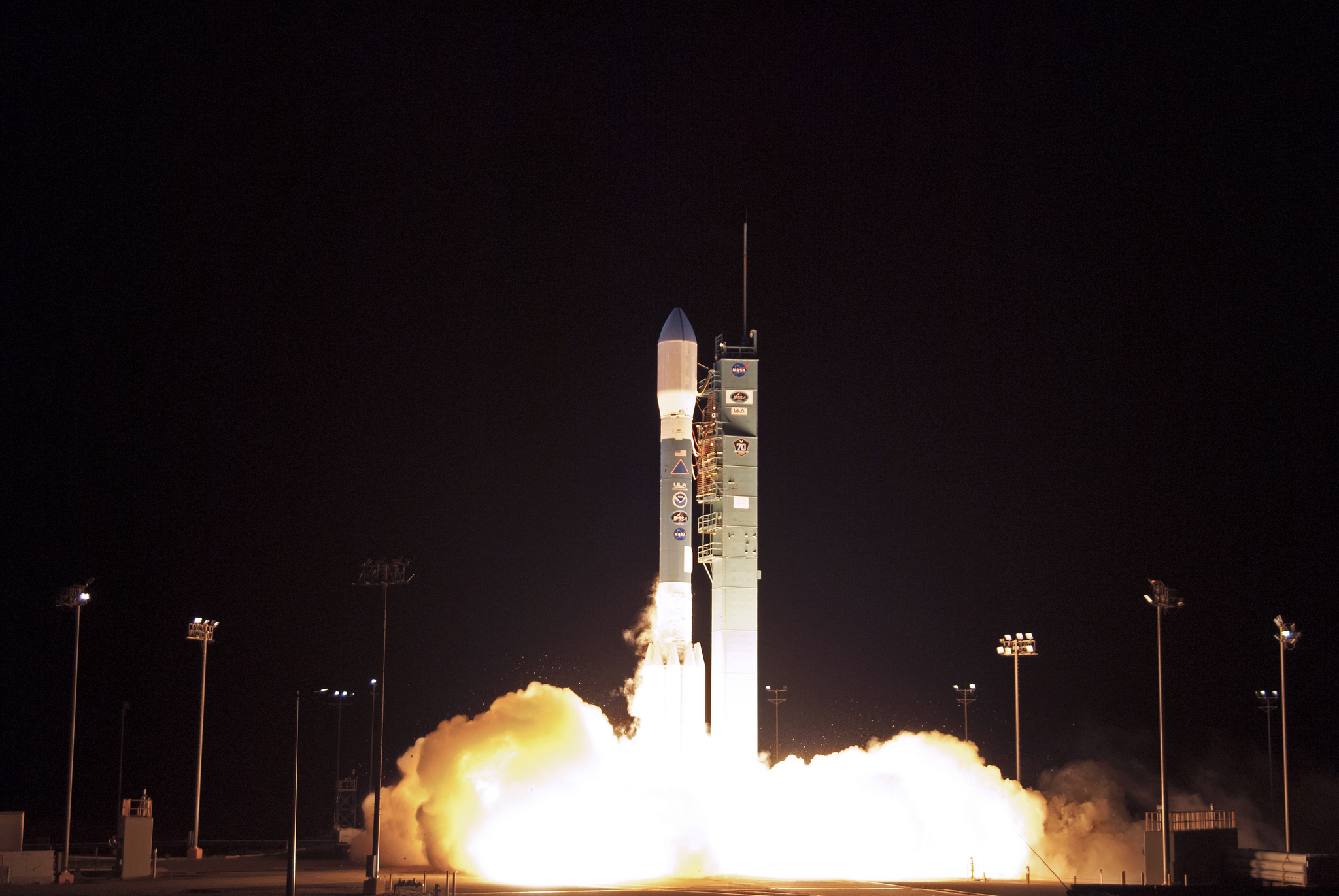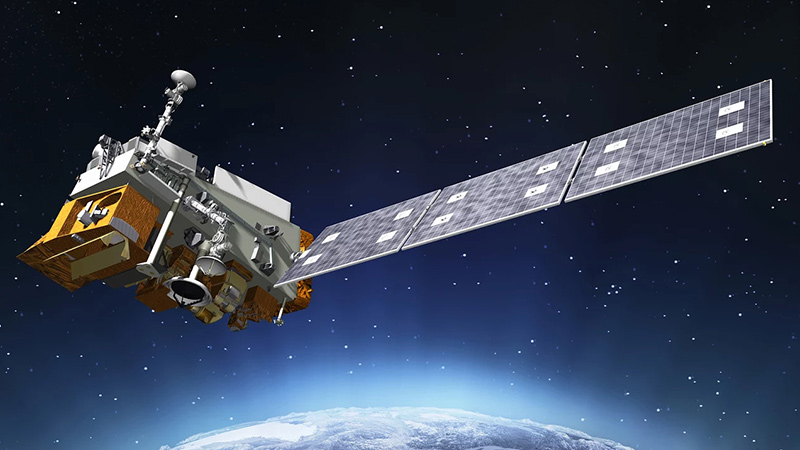Stay Up to Date
Submit your email address to receive the latest industry and Aerospace America news.
NOAA’s Joint Polar Satellite System-1, or JPSS-1, reached orbit Nov. 18 as the first of four next-generation satellites that promise to deliver more accurate three- to seven-day weather forecasts for the U.S., an improved ability to pinpoint the track and intensity of severe storms, and some relief from fears that forecasters could experience a gap in weather data between the new and old satellites.
“JPSS-1 spacecraft beginning its mission in orbit,” United Launch Alliance tweeted a few minutes after a NASA livestream showed a ULA Delta 2 blasting off from Vandenberg Air Force Base in California just after 1:47 a.m. Pacific time, lighting up the night sky.
Three more JPSS satellites are slated for launch over the next 15 years to gradually replace NOAA’s existing fleet of polar-orbiting weather satellites, the youngest two of which are 6 and nearly 9 years old. The JPSS spacecraft are to operate through the 2030s for forecasters and scientists specializing in land change and oceanography.
JPSS-1 carries the Advanced Technology Microwave Sounder, which gathers atmospheric temperature and water vapor readings through clouds; the Cross-track Infrared Sounder with 2,200 channels that should provide precise temperature and moisture data for cloud-free areas; and the Visible Infrared Imaging Radiometer Suite for taking day and night images. JPSS-1 also carries the Ozone Mapping Profiler Suite-nadir plus the Clouds and the Earth’s Radiant Energy System to monitor reflected solar energy and Earth’s emitted thermal energy.
Instruments of the same design are already flying on the Suomi National Polar-orbiting Partnership, or NPP, satellite launched in 2011. The agencies intended Suomi NPP to be a demonstration mission, but the satellite was pressed into service in 2014 as NOAA’s primary polar weather satellite after the Obama administration canceled what was to be its successor, the National Polar-orbiting Operational Environmental Satellite System, an effort to merge civil and military requirements.
For years, NOAA and the congressional Government Accountability Office warned that Suomi NPP, which was designed to work in orbit for a relatively short span of five years, could fail before the agencies could launch its replacement, JPSS-1. Six years after launch, however, the Suomi NPP spacecraft and all its instruments continue to work well.
If JPSS-1’s commissioning goes as planned, NOAA will have two extremely capable polar-orbiting weather satellites with nearly identical instruments. JPSS-1 will follow about 50 minutes behind Suomi NPP in the same 824-kilometer orbit, doubling the number of observations meteorologists can feed into numerical weather prediction models.
JPSS-1 also will transmit data to forecasters more quickly, twice during every 101-minute orbit compared with once for Suomi NPP. JPSS-1 will send data to a new ground station in Antarctica in addition to the ground station in Svalbard, Norway, that serves Suomi NPP and other polar-orbiting weather satellites operated by the U.S. government and its international partners.
While NOAA’s geosynchronous satellites can stare at a developing weather feature, such as a hurricane, almost continuously, polar satellites provide 85 percent of the data that goes into global prediction models, says Joe Pica, director of NOAA’s National Weather Service Office of Observations. “These observations are the backbone of our forecast process.”
The Nov. 18 launch was also significant for another reason. United Launch Alliance now has only one Delta 2 left in its inventory. If all goes as planned, that rocket will launch NASA’s Ice Cloud and Land Elevation Satellite, or ICESat-2, in September 2018.
About Debra Werner
A longtime contributor to Aerospace America, Debra is also a correspondent for Space News on the West Coast of the United States.
Related Posts
Stay Up to Date
Submit your email address to receive the latest industry and Aerospace America news.





